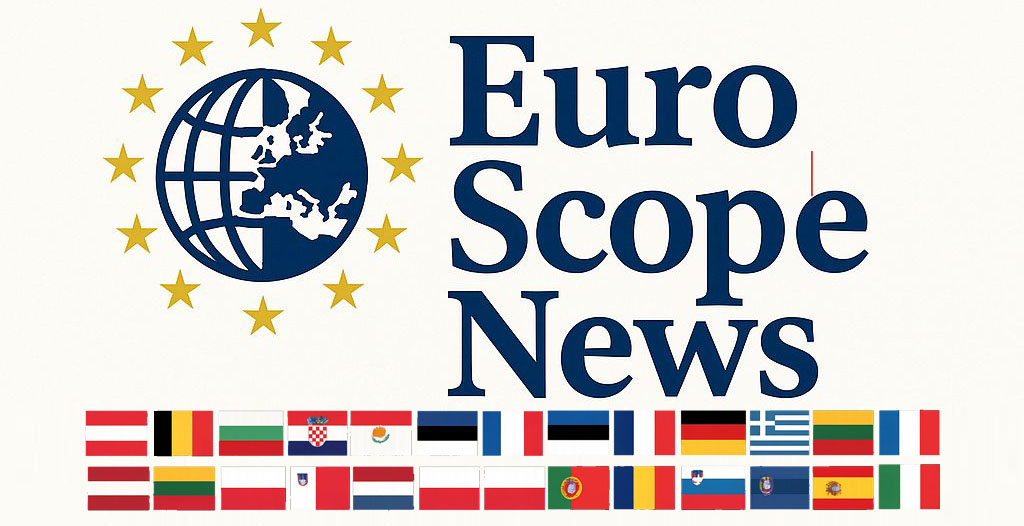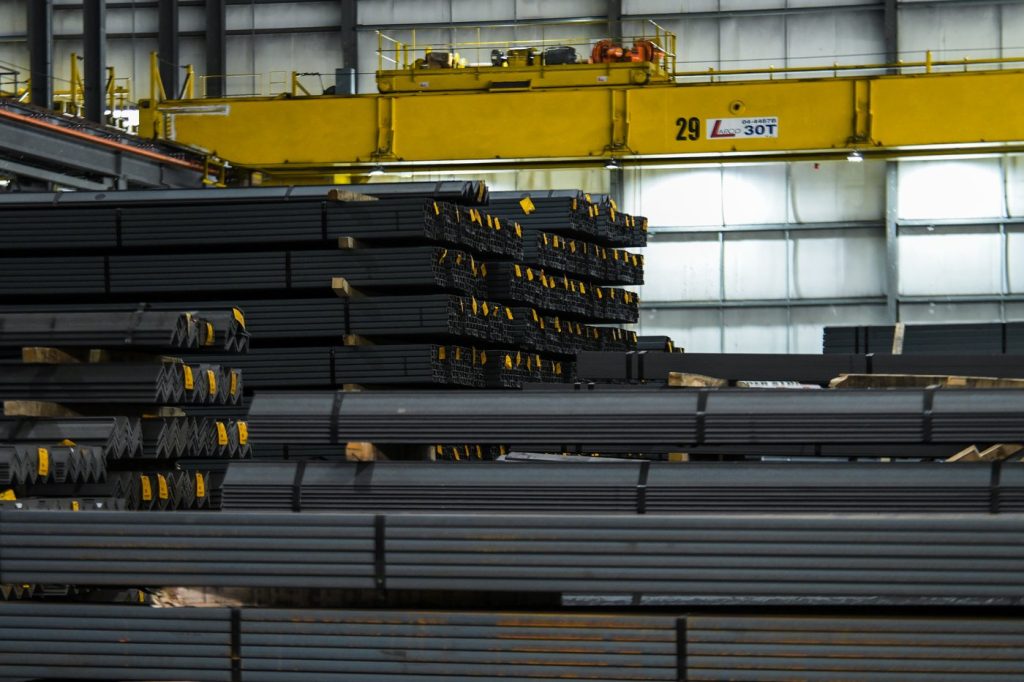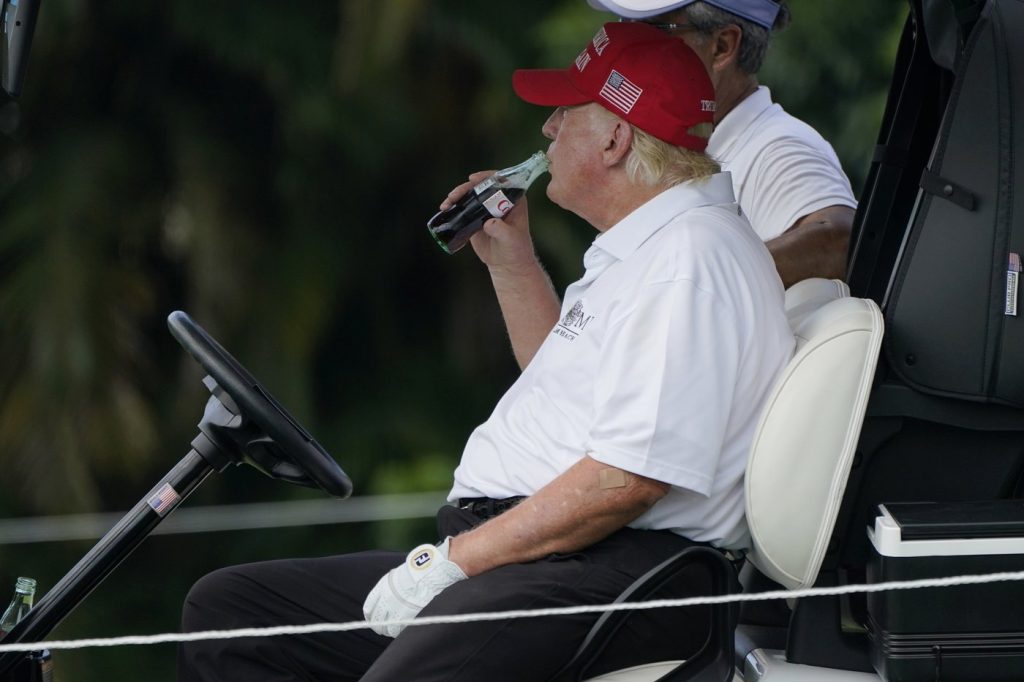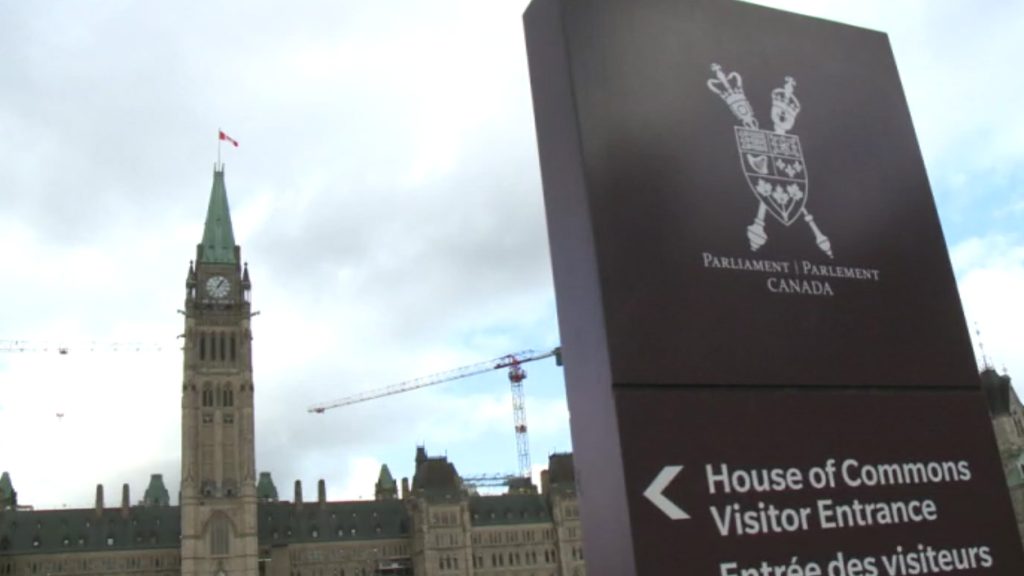OTTAWA – On March 12, U.S. President Donald Trump implemented a 25 percent tariff on all imports of steel and aluminum, subsequently doubling the levies to 50 percent in early June. This move prompted the Canadian government to take a series of retaliatory measures designed to protect its economy and address trade imbalances.
Initial Response
In immediate reaction to the U.S. tariffs, Canada imposed a retaliatory 25 percent tariff on American goods. The Canadian government indicated that these levies would cover imports amounting to $29.8 billion, including $15.6 billion specifically related to steel and aluminum. The tariffs extend to a wide array of products, comprising more than 530 items, which range from steel and aluminum products to gold, jewelry, scrap metal, ceramics, and even household goods such as umbrellas and kitchen sinks.
New Protections
On June 19, the Canadian government further solidified its protectionist stance by introducing new federal procurement rules limiting access to Canadian suppliers and reliable trading partners. Prime Minister Mark Carney announced that Canada would adjust its steel and aluminum counter-tariffs on July 21, depending on the ongoing trade negotiations with the Trump administration. Additionally, in late June, tariff rate quotas were established for steel mill products imported from countries without a free-trade agreement with Canada, intending to mitigate the threat of redirected steel initially destined for the U.S. market. Should imports surpass 2024 levels, a punitive 50 percent tariff will be enforced.
Additional Measures
Starting August 1, Canada plans to expand tariff rate quotas to countries with free-trade agreements, with the exception of the U.S. and Mexico. Any imports exceeding 2024 levels will incur a 50 percent surtax, contingent upon the existence of a trade deal. Notably, steel from countries lacking a trade agreement with Canada will face the established tariffs once imports surpass 50 percent of 2024 levels. Moreover, imports of steel that has been melted and poured in China will also be subjected to a 25 percent levy, unless they are sourced from the U.S. This is important as Canada has maintained a 25 percent tariff on Chinese steel and aluminum products since October of the previous year.
Business-Specific Relief
To assist impacted businesses, Canada has introduced programs for tariff exemptions or refunds under certain conditions. For instance, businesses importing goods intended for export or used in producing export goods within a four-year timeframe may qualify for these exemptions. An exceptional relief program is also in place for imported goods that cannot be sourced outside the U.S. or that face exceptional circumstances potentially causing significant adverse impacts on the Canadian economy, as stated by the Finance Department.
Furthermore, the government unveiled a $10 billion loan program aimed at helping large companies experiencing liquidity shortages. Originally designated for companies with revenues exceeding $300 million, this program has been revised to allow businesses with revenues above $150 million to apply for a minimum loan of $30 million. Additionally, temporary changes to the employment insurance program have been enacted, including waiving the one-week waiting period for applicants and enabling businesses to reduce hours without resorting to layoffs.












